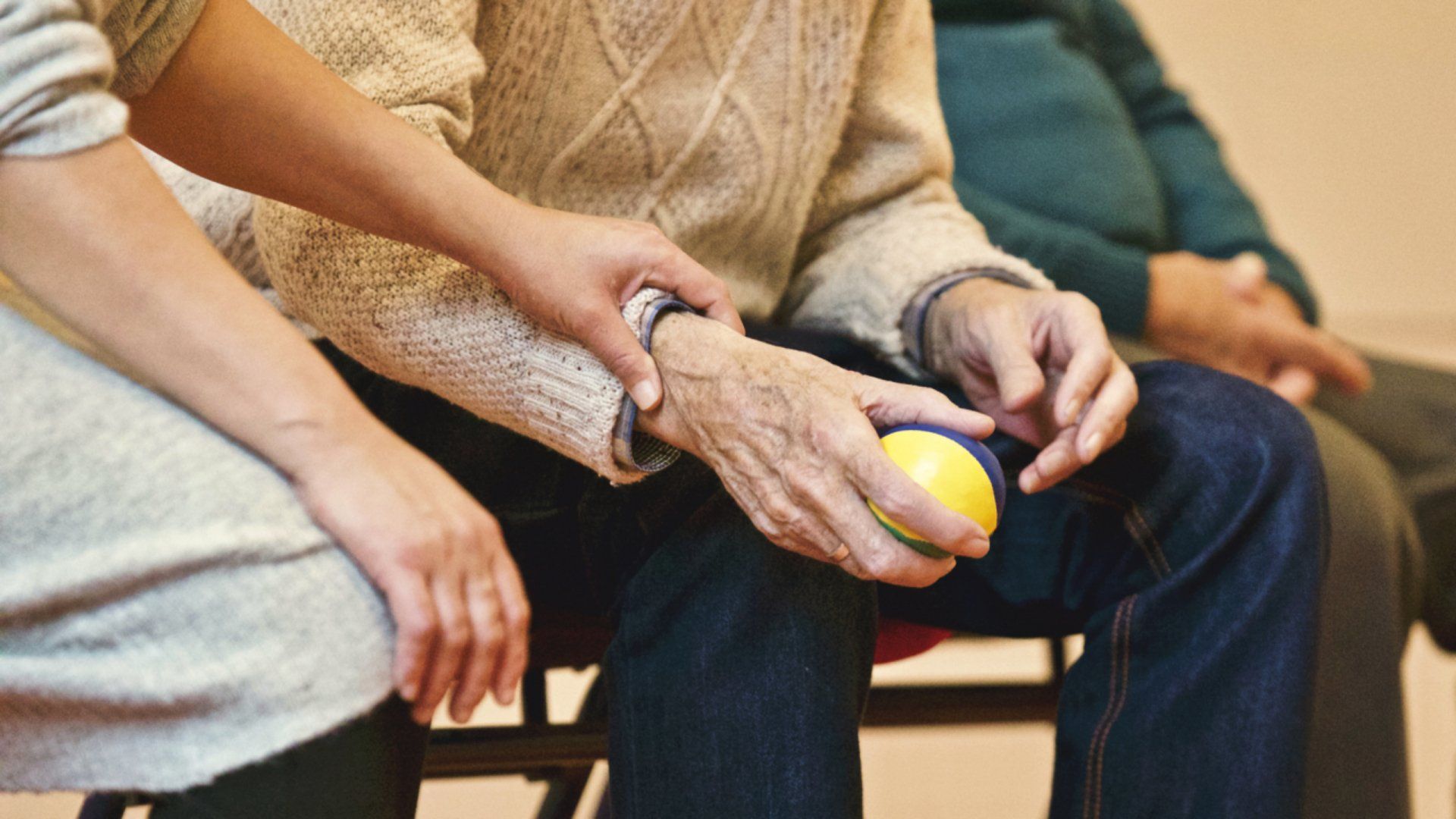Free2Go™ Mobility Products, Inc. takes home honor of "Story of the Year 2016"!
"Your story stood out among our judges as heartfelt and personal. They loved that you took the initiative to find a solution—and that it was for your mom."
Stephanie Gibson Lepore Editor, HomeCare
It was 2007, and I was driving to visit my mother. Stuck in Bay Area traffic, with my children sleeping in the back, my mind drifted to my destination and how I was going to convince my mother to join us at the upcoming family reunion in Southern California. As her physical limitations escalated, my mother was becoming reclusive. Not because of her aging or her personality, but because of the embarrassment of losing one of the most basic functions of our lives—using the restroom. My mother was still a relatively young senior, and I could see that her issue would only grow more complicated. This haunted me, and I wondered what I could do.
My mother has myopathy, a disease resulting in the deterioration of the muscles. She is losing the ability to lift herself from a chair, to pick up a pan of sautéed vegetables or to maneuver around a public restroom with even a minimal amount of dignity.
My mother is not alone. We have all seen horrifying pictures of wounded veterans struggling with simple daily tasks. Even those who feel invincible can experience a sports- or accident-related injury that results in immobility. I am not an engineer, and I have never worked in manufacturing. The thought of developing a product overwhelmed me. But I remember thinking that I had some work to do. I know history, and this country is full of individuals who, when faced with a challenge, sought out solutions and succeeded against the odds.
The challenge was obvious. I had to find a different solution other than my mother’s decision to not eat or drink anything for 24 hours or more! Hundreds of products have been developed to assist with mobility and the activities of daily living. Yet, they all missed this obvious gap. How do you negotiate using the restroom if you cannot lift yourself on and off the toilet, even with a rollator or wheelchair? Residential commode frames assist with that challenge and prevent falls at home, but they are large, cumbersome and not available in public restrooms. Why hadn’t anyone thought of combining commode frames and rollators before?
ADA-compliant restrooms accommodate people within a narrow band of impairments. Residential toilets are more often focused on aesthetic design and low water usage than meeting the needs of the millions who suffer from temporary or permanent physical limitations. We have all seen the commercials—“I’ve fallen and I can’t get up”—about home monitoring products, but what about preventing the falls at the outset? Certainly adult diapers are not a permanent solution. In fact, I could picture the appropriate solution in my head, but I had no idea how to make it work.
My garage began to look like a wheelchair recycling center. A few parts from this rollator frame, combined with those wheelchair brakes, duct tape the toilet seat—and my idea began to take shape. More importantly, health professionals, medical distributors and potential investors began to share my vision about this solution. The next step was design and engineering—then off to the patent office.
As my product worked its way through the patent process, my research uncovered that demand for my rollator was far greater than I imagined. As my excitement grew, so did the realization that other safety and dignity products were necessary for our aging and mobility-impaired populace. I was evolving from a commercial property manager to home medical equipment problem solver. I realized I can make a difference in this industry.
My journey has been challenging—and at times overwhelming. Encouragement combined with passion has resulted in this life-changing product. This patented rollator—the Free2Go Rollator—that discreetly incorporates a commode seat into the frame will positively impact the lives of millions, and it became available just last month.











